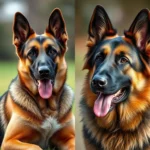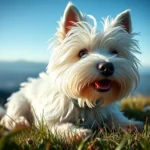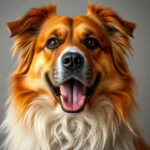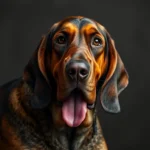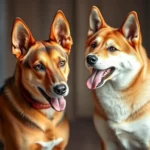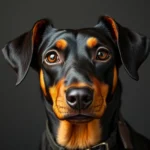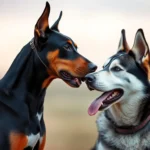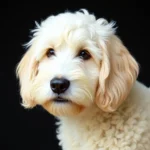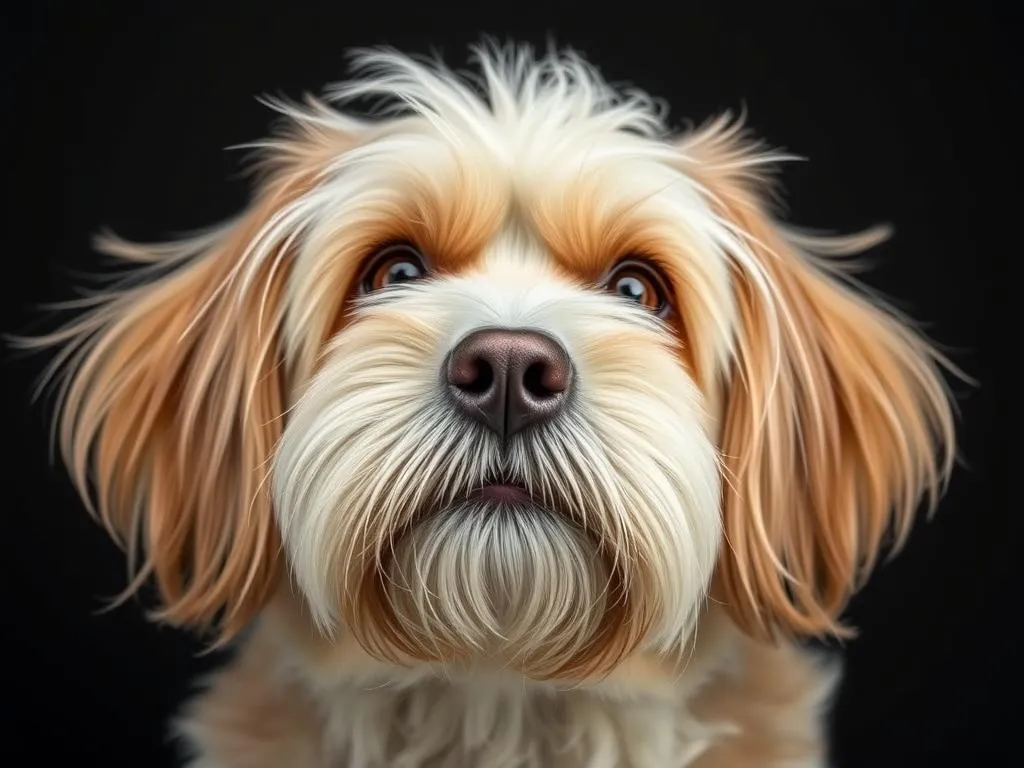
Drooling is a natural behavior in many dogs, but it can be an undesirable trait for potential dog owners. For those looking for a companion without the mess of slobber, exploring dog breeds that don’t drool can lead to a more enjoyable pet ownership experience. Whether you live in an apartment or simply prefer a cleaner home environment, understanding the reasons behind drooling and identifying suitable breeds is essential.
Understanding Drooling in Dogs
What Causes Drooling?
Drooling in dogs can be attributed to various physiological and environmental factors. Here are some common reasons:
-
Physiological Reasons: Certain breeds are genetically predisposed to drool due to their mouth structure and lip configuration. Breeds with loose lips or jowls, such as Saint Bernards and Bloodhounds, tend to drool more.
-
Environmental Factors: Dogs may drool due to excitement, heat, or when they are near food. For instance, the aroma of a tasty meal may trigger drooling as a natural response in anticipation of eating.
When is Drooling Normal vs. Abnormal?
Understanding when drooling is normal is crucial for any dog owner:
-
Normal Drooling: It’s common for dogs to drool during mealtime or when they are excited. This behavior usually isn’t a cause for concern.
-
Abnormal Drooling: Excessive drooling can indicate health issues such as dental problems, nausea, or heatstroke. If your dog is drooling more than usual without an obvious cause, it may be time for a veterinary consultation.
Benefits of Choosing a Dog That Doesn’t Drool
Cleanliness and Home Environment
One of the most significant advantages of selecting dog breeds that don’t drool is the impact on cleanliness. Here are some considerations:
-
Home Cleanliness: Dogs that drool can leave unsightly stains on furniture, carpets, and clothing. No drool means less cleaning and maintenance, allowing for a tidier living space.
-
Allergy Considerations: For families with allergies, minimizing drool can help reduce the potential for irritants in the home environment, creating a more comfortable atmosphere for everyone.
Social Situations and Public Outings
Having a dog that doesn’t drool can improve your experience in social situations:
-
Public Comfort: Non-drooling dogs are often more acceptable in public spaces, such as cafes, parks, or friends’ homes. You won’t have to worry about cleaning up after your furry friend, allowing for relaxed outings.
-
Living Situations: If you live in an apartment or shared space, having a dog that doesn’t drool can make cohabitation with roommates or neighbors much more harmonious.
Top Dog Breeds That Don’t Drool
Small Breeds
Small dog breeds often make excellent companions without the mess of drool. Here are a couple of notable examples:
-
Dachshund: Known for their long bodies and short legs, Dachshunds are playful and affectionate. They require moderate exercise and grooming, making them ideal for smaller living spaces.
-
Shih Tzu: These charming little dogs have a friendly disposition and a luxurious coat. Regular grooming is essential, but they generally maintain a clean mouth and minimal drooling.
Medium Breeds
Medium-sized dogs can offer a great balance of companionship and manageable upkeep. Consider these breeds:
-
Border Collie: Renowned for their intelligence and energy, Border Collies are highly trainable. They thrive in active households and require regular exercise to keep them happy and healthy.
-
Boston Terrier: With their friendly nature and compact size, Boston Terriers are great family pets. They enjoy moderate exercise and are generally low-maintenance in terms of grooming.
Large Breeds
If you prefer larger dogs, there are still options without drooling concerns:
-
Greyhound: Surprisingly gentle and calm, Greyhounds are known for their speed but are also great couch companions. They require minimal grooming and are generally low-energy indoors.
-
Boxer: Boxers are energetic and playful, making them great family dogs. They are known for their affectionate nature and, like Greyhounds, have minimal drooling tendencies.
Care and Maintenance of Low Drooling Breeds
Grooming Needs
While choosing dog breeds that don’t drool can lead to a cleaner home, it’s essential to consider grooming needs:
-
General Grooming Practices: Regular brushing is vital for maintaining a healthy coat and minimizing shedding. Bathing should be done as needed, depending on the breed and lifestyle.
-
Special Considerations: Some breeds, like Shih Tzus, require more frequent grooming due to their long hair. Understanding the specifics of each breed will help you prepare for their grooming needs.
Health Considerations
Maintaining the health of your dog is crucial:
-
Routine Vet Visits: Regular check-ups ensure your dog stays healthy and up-to-date on vaccinations. Monitoring your dog’s health can prevent potential issues related to drooling or other behaviors.
-
Dental Care: Good dental hygiene is essential, especially for breeds that are prone to dental problems. Regular brushing and dental treats can help maintain your dog’s oral health and prevent excessive drooling.
Training and Behavioral Insights
Training Techniques for Non-Drooling Breeds
Training is essential for all dogs, but some techniques may work better for certain breeds:
-
Obedience Training: Positive reinforcement is key for training most non-drooling breeds. Consistent commands and rewards will help establish good behavior.
-
Socialization Tips: Exposing your dog to different environments, people, and other animals will help them become well-adjusted. This is particularly important for energetic breeds like Border Collies and Boxers.
Behavioral Traits
Understanding the common traits of low drooling breeds can aid in training and interaction:
-
Energy Levels: Breeds like Border Collies are high-energy and require regular exercise, while Greyhounds are more laid-back. Matching your lifestyle with your dog’s energy needs is crucial for a happy partnership.
-
Playfulness: Many non-drooling breeds are playful and enjoy interactive games. Engaging your dog in daily activities can strengthen your bond and keep them mentally stimulated.
Frequently Asked Questions (FAQs)
Are there any dog breeds that never drool?
While many breeds are known for minimal drooling, it’s important to note that no dog can be classified as completely “drool-free.” Occasional drooling may occur due to excitement, food, or health issues.
What should I do if my non-drooling dog starts drooling?
If your previously non-drooling dog begins to drool excessively, it may be a sign of an underlying health issue. Observing for other symptoms, such as lethargy or changes in appetite, is critical. Consulting a veterinarian can provide insight into potential causes.
Are non-drooling breeds suitable for families with children?
Many dog breeds that don’t drool are excellent choices for families with children. Breeds like Boxers and Boston Terriers are known for their friendly and tolerant nature, making them great companions for kids. Always consider the specific temperament of the breed and individual dog when making a selection.
Conclusion
Choosing from dog breeds that don’t drool offers several benefits, including a cleaner home environment and ease in social situations. Understanding the characteristics and care requirements of these breeds can lead to a fulfilling pet ownership experience.
It’s essential to consider your lifestyle and living situation when selecting a dog breed. Researching and understanding the needs and traits of different breeds will help ensure a happy, healthy relationship with your new furry friend.
By choosing a dog that aligns with your preferences and lifestyle, you can enjoy the companionship of a loyal pet without the added concern of drooling.
